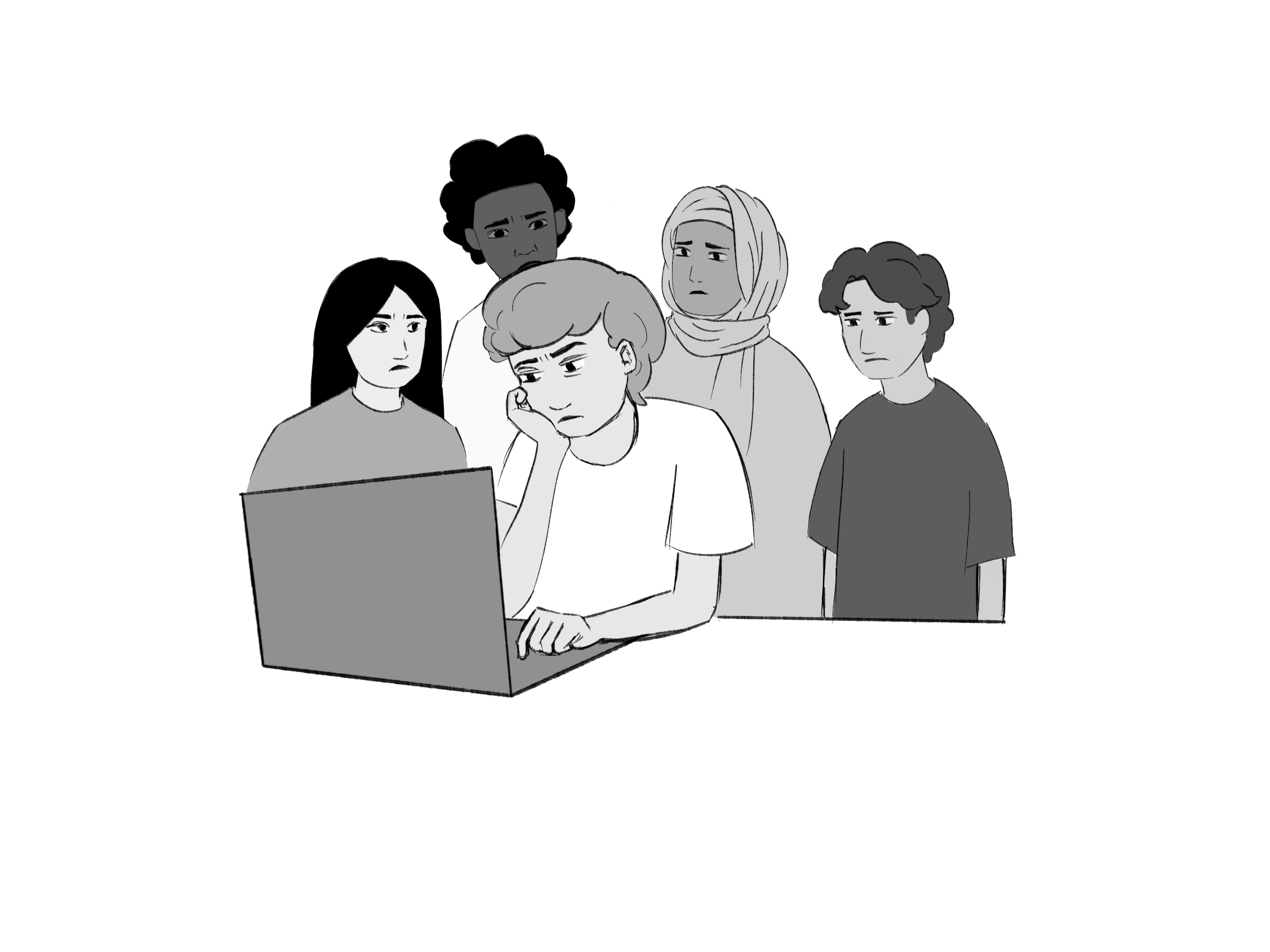PIRL had the right intentions, but the wrong methods
June, 2024
These days, racial literacy has become one of the most important skills to learn in order to interact with the world around us. As described by PPS, racial literacy means understanding the experiences and perspectives of different cultures and races, being aware of our biases, and being willing and able to acknowledge and address racial issues. Completing a racial literacy course teaching these skills is a graduation requirement for the classes of 2025 and beyond, and many students end up taking Princeton Introduction to Racial Literacy (PIRL) due to its convenience. Racial Literacy, the in-person option for fulfilling the requirement, is a semester-long course limited to juniors and seniors. PIRL, on the other hand, is a digital, asynchronous class that is open to all students, regardless of grade. However, due to the online and solitary nature of PIRL, student learning is greatly impacted and prevents them from developing the compassion and awareness expected of being “racially literate.”
When taking PIRL, there are no opportunities for social interaction among students, which impairs their ability to effectively retain the information they’ve learned through the course. Thus, students find themselves missing out on discussions, group activities, projects, and other opportunities to test their knowledge and interact with the material. The course states that communication is limited in order to allow students to reflect on their “thoughts and behaviors about race and oppression;” however, in reality, the lack of collaborative projects and feedback on assignments often acts as an obstacle for comprehension. Students can feel as though they are alone in the course and therefore care less about it, which often worsens understanding of the material.
Furthermore, with the need to read and watch lengthy passages and videos that are often difficult to comprehend and carry out the course’s intended purpose in a vague manner, students can often find themselves struggling to stay focused on the content. For instance, in a required text called “Stones, Fruit, Sand & Beliefs,” students are asked to contemplate the question, “What do we learn about our beliefs (values) from studying stones, trees, fruit and sand?”, and to “identify a proverb that resonates with [them]” from a list of nature-related phrases. This activity has little relevance to the stated purpose of the course, and it is even more likely to cause students to struggle to learn and feel a lack of commitment to learning about racial literacy when paired with online learning’s many opportunities for distraction and the lack of accountability in asynchronous environments. As students are only required to complete one activity per module, they often end up doing the bare minimum.
Additionally, the course does not provide students the opportunity to share their experiences with others, or give them a platform to participate in conversations about current racial justice issues. Because they don’t get the chance to learn from other students who might provide thought-provoking insights, students who typically do not face racial injustices are less likely to understand the purpose and impact of the course.
Despite its asynchronous format, PIRL should encourage students to speak up about race-related issues. This could be done in several ways, like creating discussion assignments where all students can contribute their opinions, or having mandatory online meetings (on various dates, to preserve flexibility) for students taking the class in order to discuss material and learn from each other. By implementing these adjustments, PIRL can become a course that not only enhances students’ understanding and empathy, but also provides a space where students can learn to have meaningful discussions surrounding marginalization.